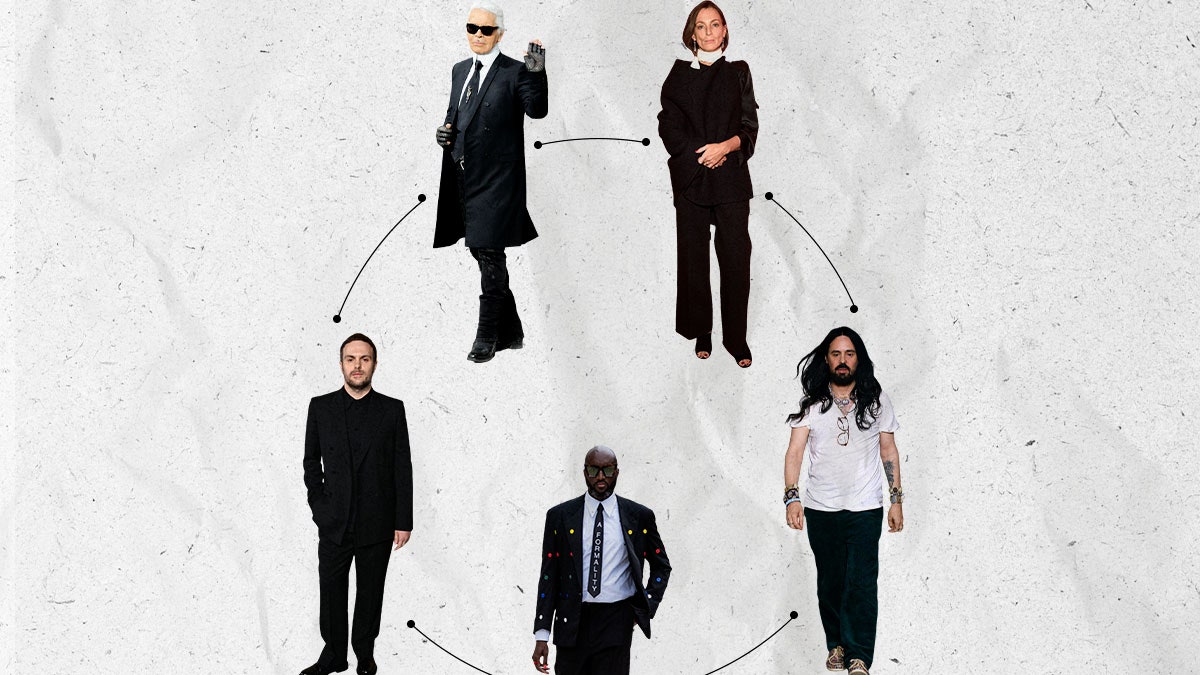This is Connecting the Dots, a series in which writer José Criales-Unzueta looks at how fashion, pop culture, the internet and society are all interconnected.
“Who is Sabato De Sarno?” poses a documentary short that Gucci released mid last month. The 20-minute featurette, directed by Ariel Schulman and Henry Joost, peels back the curtains of the designer’s debut show last September.
The doc is funny, pithy and charmingly narrated by Gucci’s freshly minted hunky house ambassador Paul Mescal. It shows us sides to De Sarno that hadn’t come across in written interviews, like his quirky sense of humour. What the film also does is air out a strategic move by Gucci to put the spotlight on De Sarno, presumably to generate some buzz and excitement around the previously unknown designer.
The pressure is on to recreate the success of De Sarno’s predecessor, the prolific Alessandro Michele, who remade Gucci in his image and sent sales soaring. The tides have since turned: Gucci parent Kering warned in March that the brand’s sales are expected to slip 20 per cent in Q1. A turnaround will in part ride on De Sarno to fill the shoes of Michele, who was not only a successful designer but one with star power in his own right. His associations with celebrities like Harry Styles made way for impactful marketing and collaborations. It should come as no surprise that Gucci wants to bring De Sarno up to speed quickly, even if it feels like fast-forwarding what tends to happen naturally.
Whether or not Gucci can create a cult personality out of De Sarno depends on numerous factors as well as one key question: are star designers born or made?
Manufacturing cult status
De Sarno joins other designers-turned-documentary subjects, like Dries Van Noten, Valentino Garavani and Raf Simons in 2014’s Dior and I. While Who is Sabato De Sarno? is not a full-length feature, these sorts of projects tend to come after audiences have developed a curiosity and a fanaticism, not before. Designer stardom takes time, and is fuelled by fanaticism for the fashion itself. Think of Marc Jacobs, Tom Ford, or Karl Lagerfeld, who all became pop cultural icons and celebrities through their work and their subsequent celebrity associations.
But this isn’t the ’90s, and the internet has fragmented culture into a myriad of tiny little pieces. In today’s world, any kind of celebrity is born and made online (think TikTok music hits or influencers like Sofia Richie Grainge). This has altered the way in which cult status occurs organically: the more you post, the more visible you are, the more known you become. Fashion is now looking to make stars rather than wait for them to rise, and the right kind of content can create the right kind of cult. (See: Simon Porte Jacquemus and his masterful use of social media.)

.jpg?x-oss-process=image/auto-orient,1/quality,q_90/format,webp)